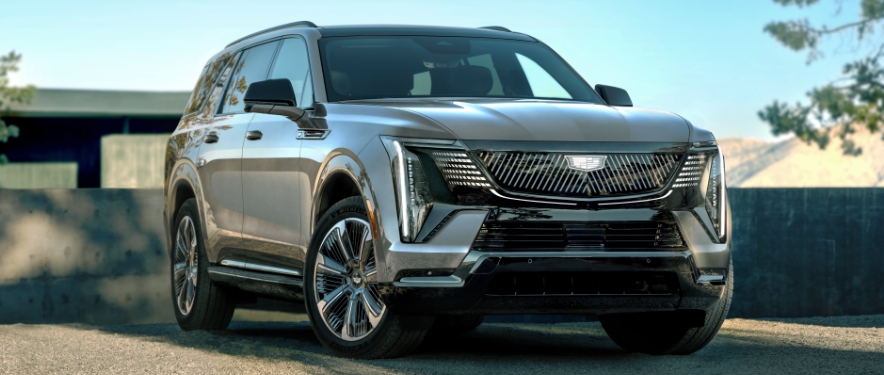- Home
- Financial Resources
- Financial Articles
- What To Do After A Fender Bender

What To Do After A Fender Bender
By Kelly Schaefer Hill / 08/18/2021 / Your Car
Imagine you’re rushing out of work to sit in traffic on a congested highway, and as you slow to a stop, you hear the unmistakable screech of brakes fighting to slow the car behind you. Seconds later you’re slammed forward, and your heart starts beating a mile a minute. In this surreal “that didn’t just happen” moment, you might be wondering, “what now?”
Follow these four steps to ensure you’re prepared the next time you’re in a minor car accident:
- Stay calm and assess the situation
Many times, fender benders don’t result in an injury, but that doesn’t mean you shouldn’t take stock of how you feel before you unbuckle. Most late-model GM vehicles are equipped with OnStar®, and depending on your vehicle model and subscription plan, you may have access to one-touch connection with trained emergency advisers.
Try not to let your emotions get the best of you; take a few minutes to compose yourself. Make sure you can exit your vehicle safely and determine if you need to contact the police. Remember to identify a safe area to exchange information with the other driver.
According to 911.gov, if you’re uncertain whether you should call the police, call 911 and explain the situation to the operator. Emergency advisers can help you determine if more action is needed. - Gather insurance information
Collect the following information from the other driver in case you need it for the insurance claim:
- The driver’s name, address, phone number, driver’s license number and issuing state. Verify the address on the driver’s license matches the given address.
- Names and contact information for all passengers and witnesses
- Insurance provider, policy number and phone number
- A vehicle description, including license plate number
Time-Saver: Snap a photo of your insurance card and text it to the other driver. The information will be easy to read, and you’ll know that you have the correct contact number for the other driver. - Note your location
The insurance company is going to want to know the exact location where the accident happened, so look for a mile marker, crossroad or exit sign nearby. If it is safe to do so, take pictures of the accident scene and detailed photos of the damage to the vehicles.
Time-Saver: Using your GPS to navigate? Take a photo of your GPS screen or a screenshot of the maps application on your mobile device.
- Report the accident to insurance
If the other driver is at fault, report the accident to his or her insurance. You may also want to notify your own insurance company, even if you don't have to file a claim. When in doubt, contact your insurance company and let them determine which driver is at fault. For information on auto insurance and how to find the right plan for you, visit our KEYS® Online insurance module.
If your last fender bender ended up being the final stop for your trusty ride, remember to check out this car-buying checklist, outlining what you need to know about leasing or buying your next GM vehicle.
By Kelly Schaefer Hill, GM Financial
Soccer mom, corgi enthusiast, virtual learning teacher’s assistant, Kelly Schaefer Hill wears a lot of hats, but one thing she can’t stay away from is data and fun facts. When she’s not writing a post to answer your questions, she’s hanging with her family.
Related Articles

Test-driving a car: What to look for before you buy
Discover five questions to ask yourself during a test drive to help you make the right choice for your next vehicle.
GET ANSWERS
What Is a Lease-End Inspection and Why Do You Need One?
Explore the top three reasons you should take advantage of a free lease-end inspection and learn how to conveniently schedule one.
FIND OUT